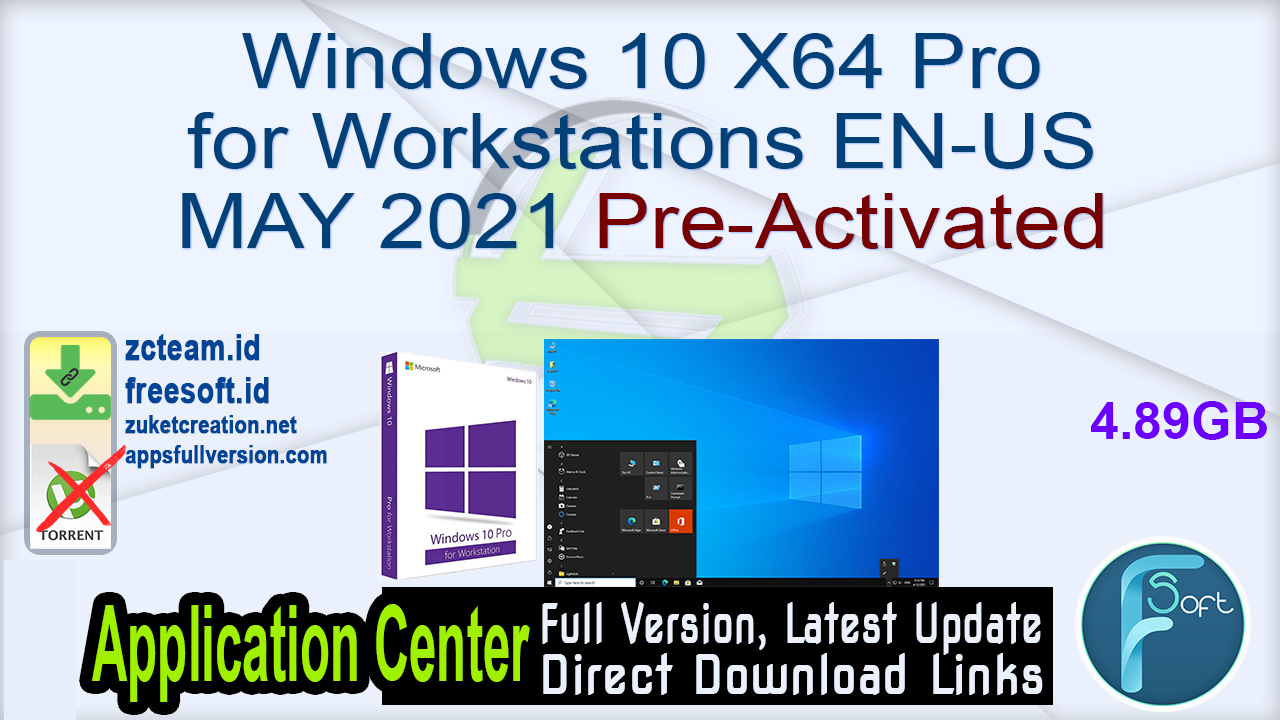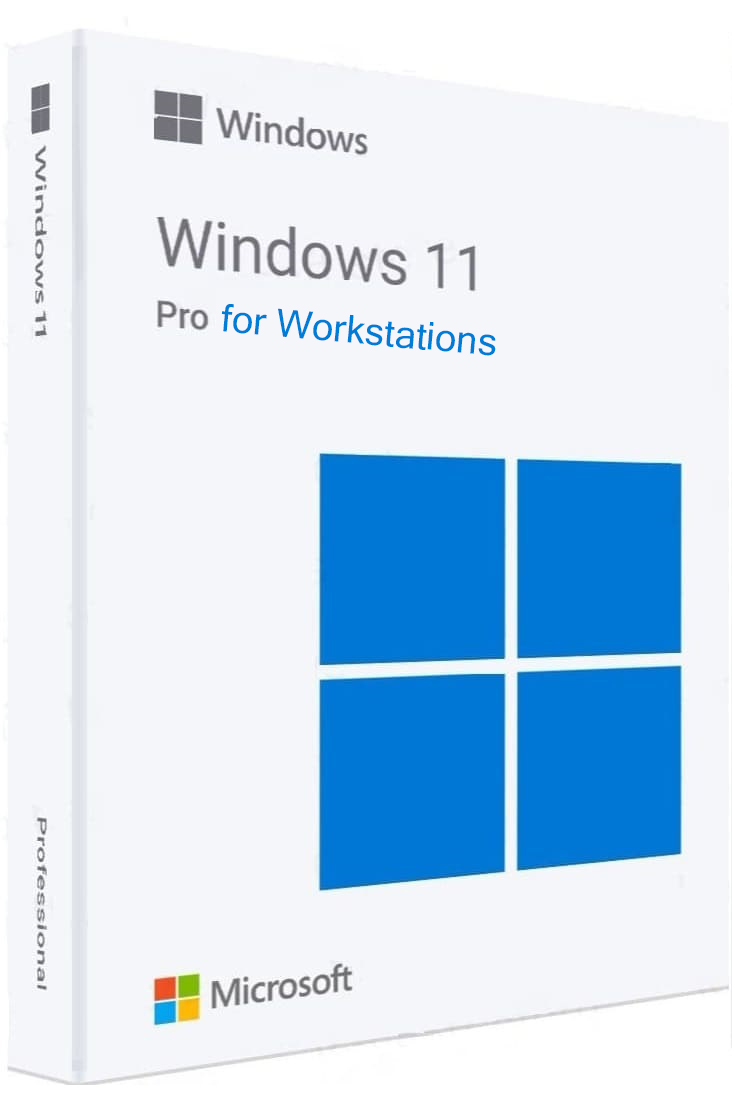

There are also regional variants of some SKUs, such as the N editions released in Europe without built-in multimedia apps.ĭespite the big name change, Windows 11 still shares a lot with Windows 10. As a consumer, you can only buy Home, Pro, and Pro for Workstation editions. Many of these are also only available through volume licensing for organizations.

Then there are even more advanced editions like Pro for Workstations, Enterprise, Education, each with different features and restrictions. Business users might make better use of the Pro edition, with features like Remote Desktop, Hyper-V virtualization, and BitLocker encryption. The average consumer will probably be fine with Home editions. Microsoft usually refers to different Windows SKUs as editions.Įach edition of Windows has tweaked features and capabilities, making them more adequate for specific users.

Of course, in this case, the difference is more apparent in the product name. You might have Windows 10, but Windows 10 Home is different from Windows 10 Pro and Windows 10 Enterprise. For example, when you buy a laptop with a certain brand or name, you can still configure it with different components, which makes it a different SKU. SKU, short for stock keeping unit, is a term used to designate a specific configuration of a product.


 0 kommentar(er)
0 kommentar(er)
